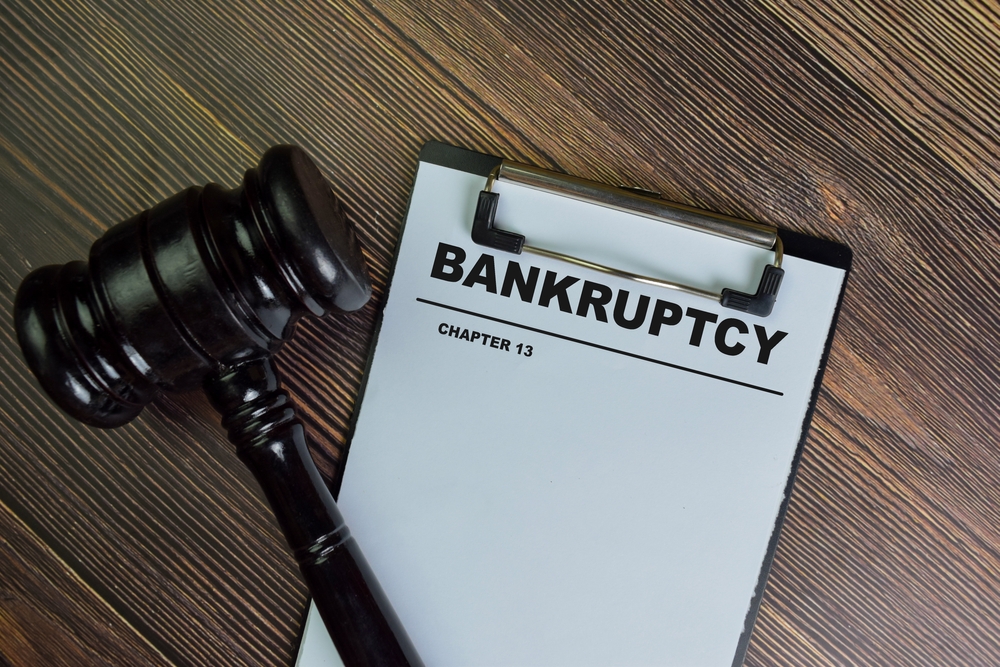A Chapter 13 bankruptcy is a three-five year repayment plan, whereby the debtor pays in as much as they can afford to their creditors each month. At the end of the plan, the debtor will receive a bankruptcy discharge of their remaining debts. Therefore, in a Chapter 13 bankruptcy, typically a debtor does not pay their debts back completely in full. Absent certain exceptions, a debtor will receive a “wipe out” of most of their unsecured debts. Although a Chapter 13 bankruptcy provides a great opportunity for many Minnesotans who are struggling to pay their debts to achieve financial relief, not all Chapter 13 bankruptcy plans are successful. The most common reason for an unsuccessful Chapter 13 bankruptcy is the failure to make consistent monthly payments. Debtors often encounter unforeseen and difficult circumstances that arise after their case is filed. For example, the debtor may experience significant loss in income or a reduction in household income due to a loss of a job or unforeseen expenses. In many of these cases, the bankruptcy court may allow the debtor to file a modified plan based on these changed circumstances, as long as the modified plan still provides the minimum amount that needs to be paid to creditors.

What Happens if My Chapter 13 Bankruptcy Gets Dismissed in St. Paul, Minnesota?
A Chapter 13 bankruptcy is a three-five year repayment plan, whereby the debtor pays in as much as...

